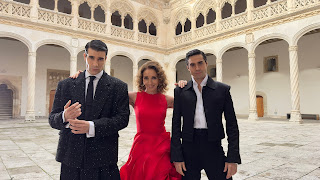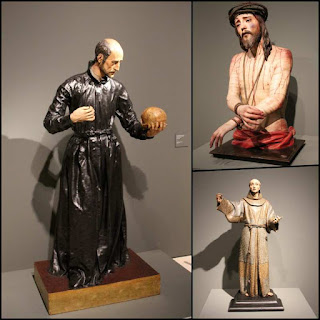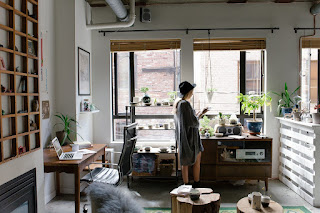My work reflects and creates awareness of how dangerous and fragile we really are: Ángel Lartigue

Andalusia, Spain.- All my work is what I define as a process of "putrefaction", one of the biological stages of decomposition, explains Ángel Lartigue, researcher and independent artist born and raised in Houston, Texas.
The work of this artist consists in exploring the relationship between the body and the earth through the use of putrefactive matter as raw material. This has led to experimenting with decomposition processes in works of art, incorporating fungi,insects and even odors captured during field work.
In full confinement we conducted an interview with this artist to learn more about his creation
How do you define your work?
I define my work as a process of "putrefaction", one of the biological stages of decomposition. This research has led me to study human decomposition and the archaeological techniques of exhuming human remains. This moment in my life was crucial for my work because it made me realize how the context of the land, both ecological and political, determines our relationship with our body.
What techniques do you use?
My work is raw, and rotten, like what already exists. My main method is to transport microorganisms from one point to another by simple touch, to show that the line between biological life and death is very thin and fragile. One can observe the process, through a Petri dish, a nutritive medium used by scientists to grow bacteria and fungi. Initially I began to transport microorganisms from burial and corpse sites and recently objects that come from regional lands. The Petri dish is a vehicle to communicate, smell, and see the transmissible, making us realize that we have been part of this symbiotic relationship for centuries. Through touching we transport time and space, our mobility leaves footprints so ancient and alive that cannot be perceived in plain sight.
What do your works represent?
My works represent the transition from one world to another, how our bodies are absorbed by the earth and return in the shadows of non-human organisms and spiritual matter. I have been rejected by art institutions, galleries and the general public with a contagious fear of showing my putrefactive works. Of course, this will be greatly amplified by the new normal that the pandemic brings and the impacts that social distancing will have on our perception with microbial life and things like viruses. The reality is that human bodies are more susceptible to transferring biological systems than any of my works combined. My work only reflects and creates awareness of how dangerous and fragile we really are. It is not the work that people fear, but really the fear that we have is with ourselves.
How have you experienced this unexpected stoppage due to COVID-19?
A pandemic would break out just as I moved out of the country, the United States, to attend an artist residency abroad.
I feel like I've been preparing for this virus my entire career as an artist. Because my main means has been to investigate the living, like microorganisms, and the inert.
Now I am in quarantine in Mexico City, which is still a site of historical epidemic outbreaks that began with the colonial conquest, so it seems important to be here at this time.
Angel Lartigue shows a peculiar work, which surely gives a lot to talk about, so we will continue his career.
María Esther Beltrán Martínez Photos: Artist








.jpg)







Comentarios
Publicar un comentario